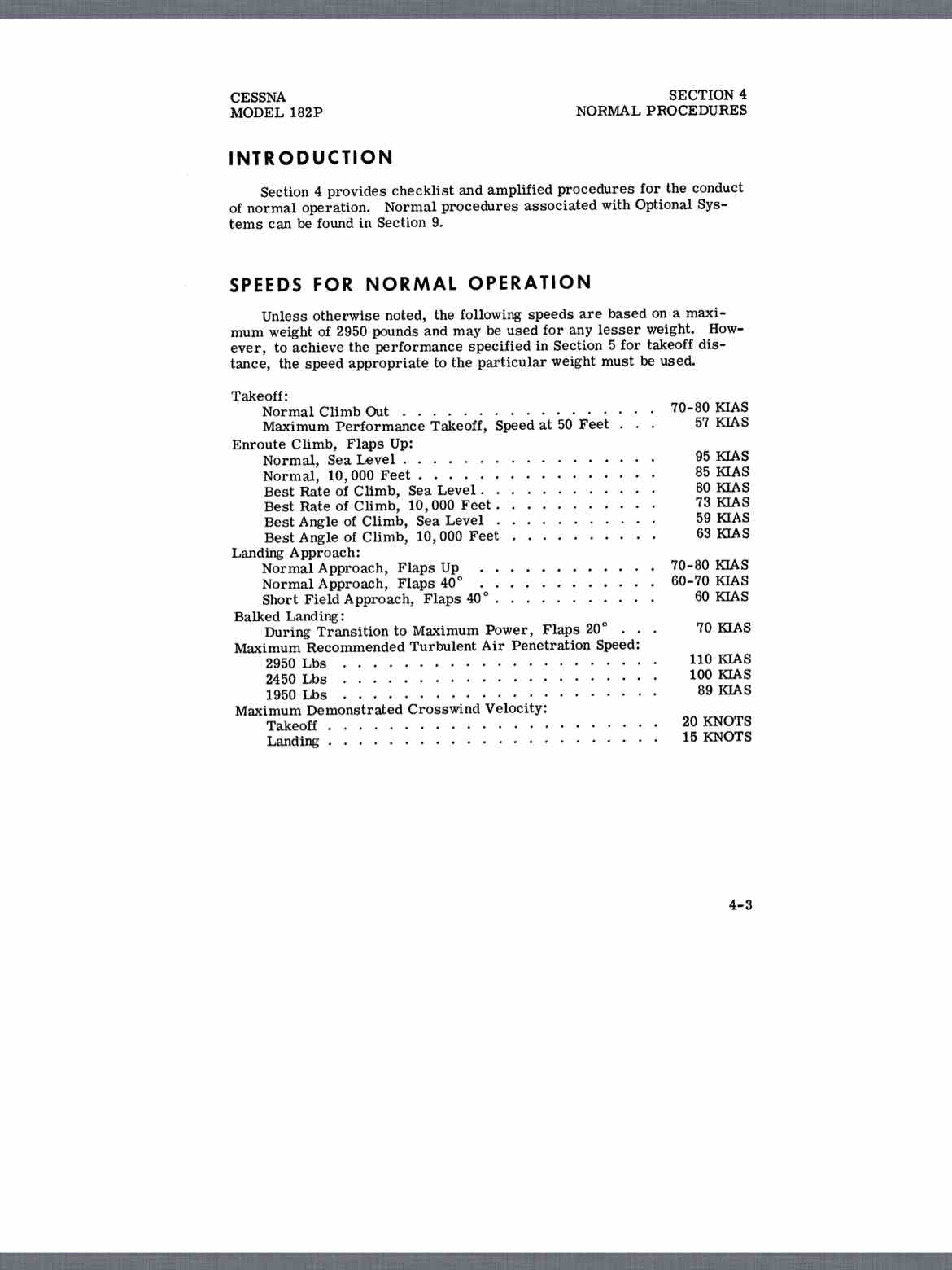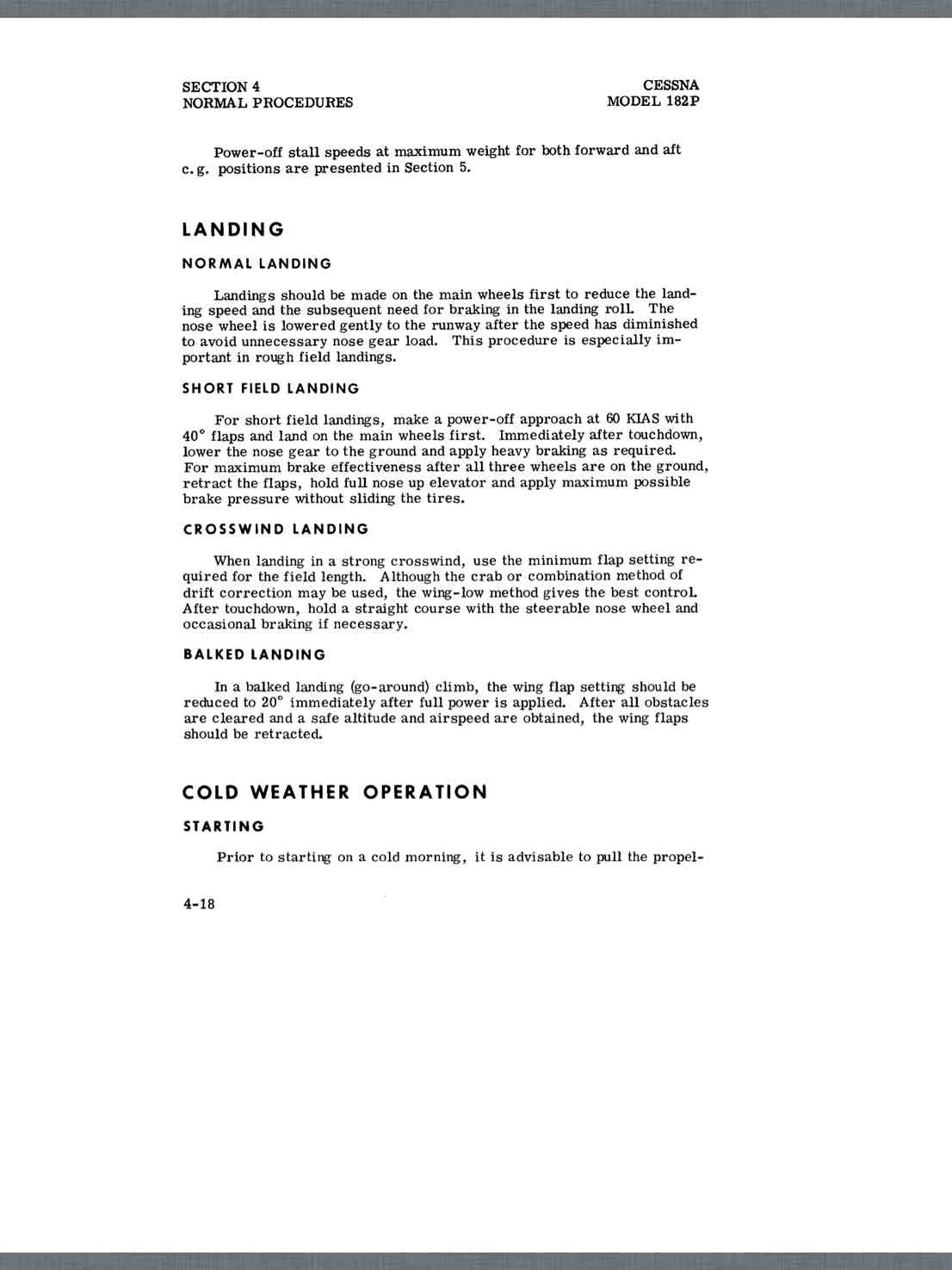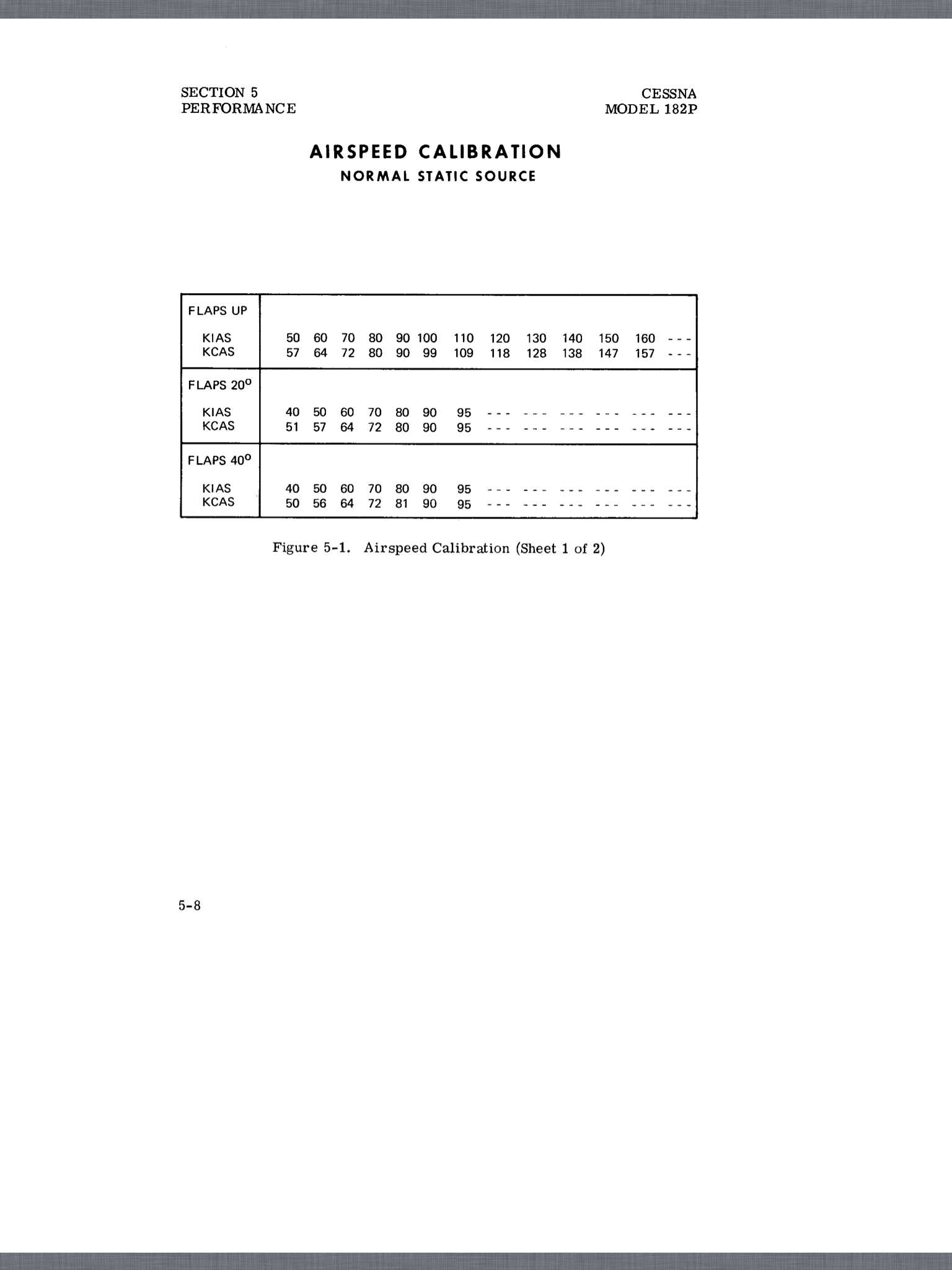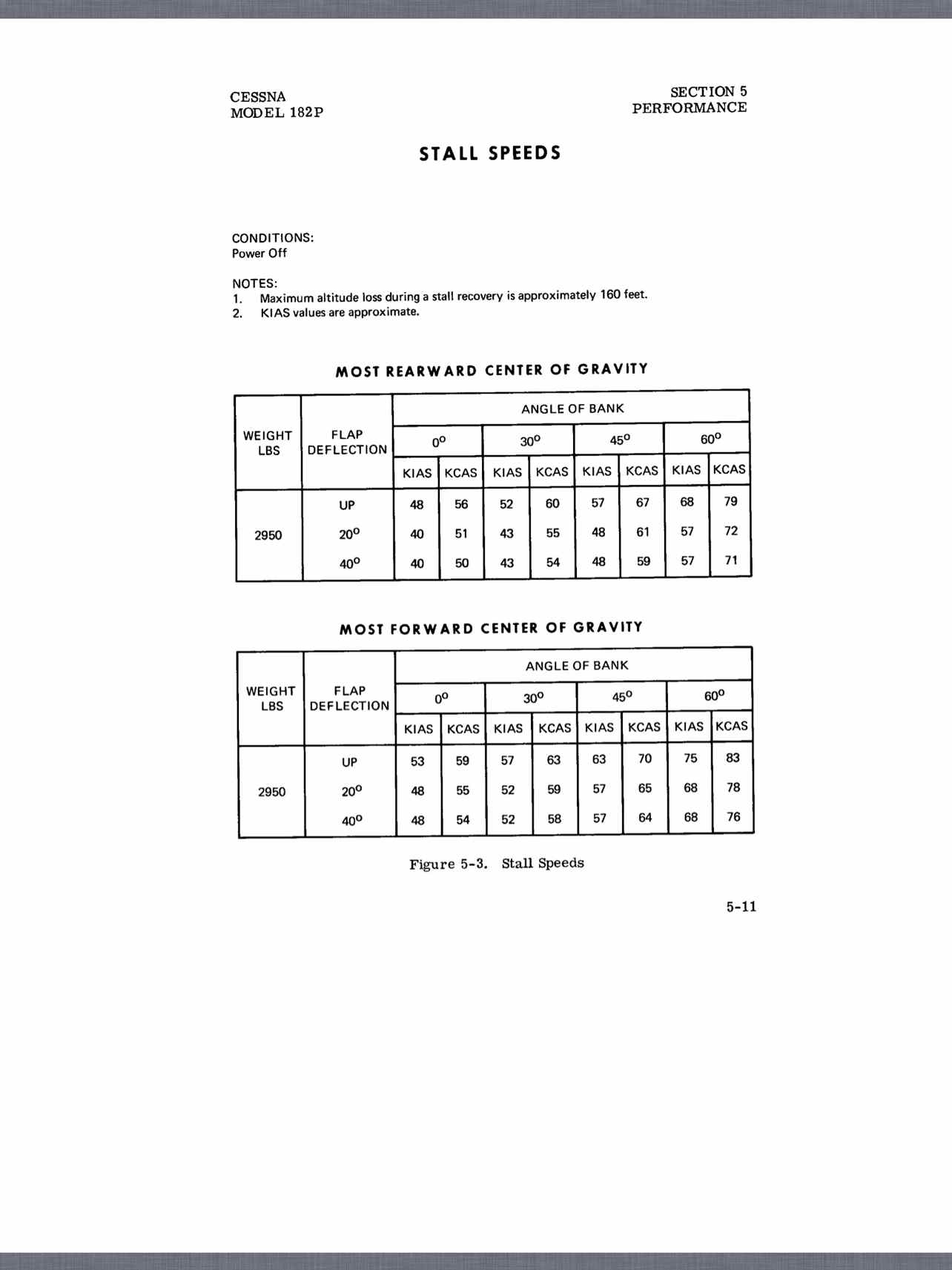Full flaps, engine at idle, and 60 knots over the fence in a 182 (light) will plop you on the runway during the flare. ONE of those has to give in a 182. The one that seems to work best is to keep in a little power until the wheels touch. It doesn't seem to take much.
I missed this one.
For slow approaches in the 182... Steeper. The answer is steeper. No plop necessary. Just pull the yoke for the flare at the right time. Maintain energy and flare at the right height. Land it on the mains, don't plop it. The 182 with her bigger wing chord and area will fly a lot slower than anyone trained in 172s is comfortable with.
But I'll show you why it has this undeserved reputation of "plopping" on. It isn't the airplane.
Cessna says 60 knots and 40 deg flap, right in the POH for short-field landings.
Another hint in the POH is the Airspeed calibration table. Flaps 40, KCAS 50 is KIAS 40. Hmm... Oh yeah, that pitot tube is sticking up at a funny angle...

If you're at Flaps 40 and flying it 60 knots indicated you're probably fast.
Here's one of the traps that causes folks to not have consistent landings in the 182...
Note the huge difference between full rear center of gravity and full forward...
There's almost a ten knot difference between stall speeds as you move CG rearward.
Most folks train with themselves and a CFI up front and they're way forward on the CG envelope graph. Then they wonder why they float and float and float when they finally haul some more humans and stuff, using the 182 in its intended dump truck role, hauling stuff.
They're flying the same approach speed they always have, 60 or even 65 indicated (remember the error gets greater at higher angles on attack...) and they need to slow at touchdown to 40 indicated, at touchdown. That's a lot of energy to slough off on short final.
Note if you limit the bank angle to 30 degrees as you slow up on final and don't horse around and it's a calm day, at full forward CG stall is 52 indicated. Full aft is 43 indicated.
Now, what the table doesn't say is how fast you'll scrub off energy at those low speeds and lots of drag hanging out if you're power-off, and Flaps 40. And, that's where I believe folks get the impression the 182 likes to "plop" on. The plop is flaring at the wrong height (too high) and often just not aggressive enough to both arrest the sink-rate and get down to landing speed. You want to be done flying at touchdown.
Not being ready with immediate power to catch the huge increase in drag, as the huge barn doors suck away airspeed in mere moments, is also a common mistake. Just don't get wild with it. Power when trimmed for landing in the 182 will almost always cause a pitch up and can be accidentally tuned into a full-grown. The more pitch oscillations and power changes, the more hints screaming you should go around.
But done right, you really can make a very steep power off approach and flare just a few inches above the runway, and you're instantly done flying and you're rolling on the mains. (Keep Mr. Yoke coming back or the nose gear isn't going to so much land, as it will "arrive" and near the crap out of you and the airframe.
--- STOL kit side notes ---
The Robertson addendum for our little beastie says 65 MPH/56 knots for final approach speed. It also specifically calls out a touchdown speed of 54 MPH/46 knots. She'll fly even slower than her sisters without the STOL kit on them.
Flaps 40 stall speed, wings level, is 50 MPH/44 knots.
She'll fly really slow, and we have to watch it when flying normal 182s that we don't slow up quite that much.
(By the way the Robertson STOL takeoff is "Begin liftoff at 45 MPH, flaps 30. Initial climb, 50 MPH while clearing obstacles. Retract flaps to 20 and accelerate to 75 MPH. I usually get it off by about 50 MPH and don't try to horse it off and it comes off nose-flat with almost no upward deck angle at first.).
STOL landing, touchdown speed is 49 MPH. It says, "Flare with elevator AND power to arrest rate-of-sink, main wheels first."
 Or worse.
Or worse. Or worse.










